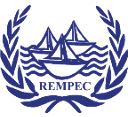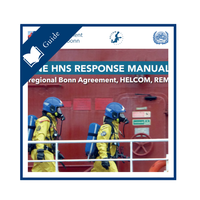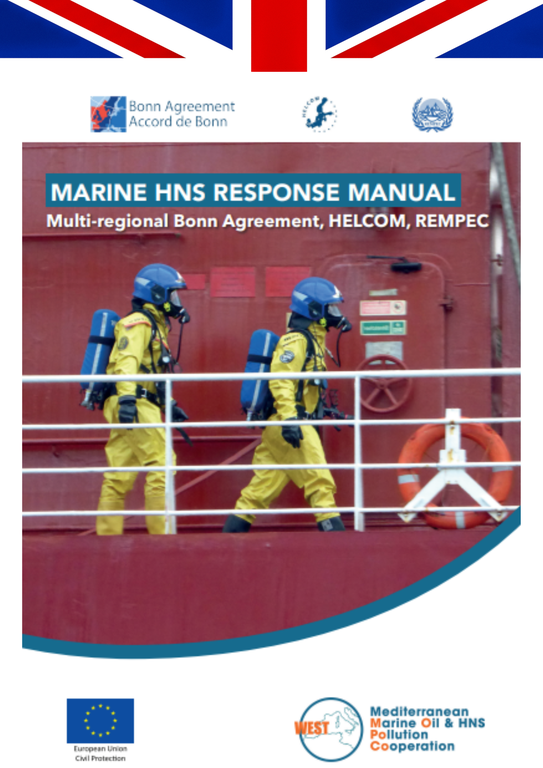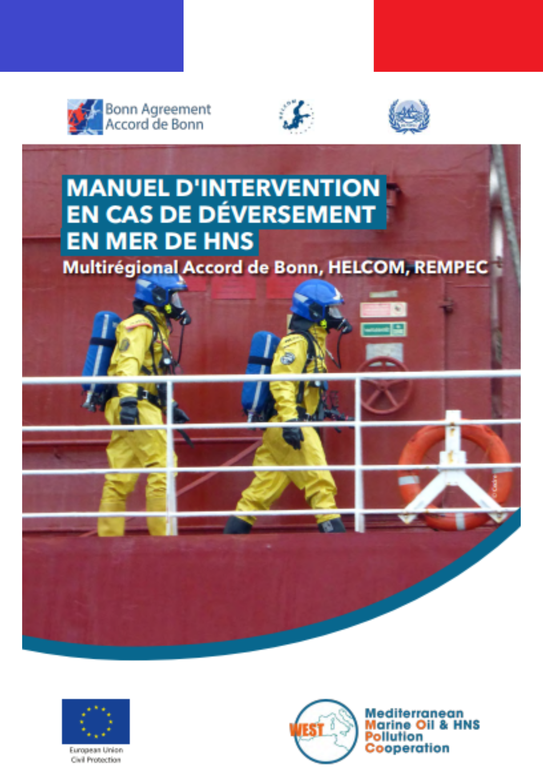HNS Guide | Pollution Preparedness – Oct 12, 2022
Under the auspices of the United Nations Environment Programme’s Regional Seas Programme, though the Secretariat of the Regional Marine Pollution Emergency Response Centre for the Mediterranean Sea (REMPEC), the Helsinki Commission (HELCOM) and the Bonn Agreement for the Greater North Sea, a guide on the Hazardous and Noxious Substances (HNS) has been developed and published in 2021. In the framework of the EU co-funded Western Mediterranean Region Marine Oil and HNS Pollution Cooperation (West MOPoCo) project, Cedre, ISPRA and ITOPF, provided technical assistance to gather in the guide state-of-the-art information on HNS pollution preparedness and response.
As this guide is the output of an inter-regional coordinated effort between REMPEC, HELCOM and the Bonn Agreement, the content incorporate national experience in responding to chemical spills at sea and has been designed to meet the needs of the competent national authorities of Contracting Parties to three regional legal instruments, namely the Convention for the Protection of the Marine Environment and the Coastal Region of the Mediterranean, the Convention on the Protection of the Marine Environment of the Baltic Sea Area, and the Agreement for cooperation in dealing with pollution of the North Sea by oil and other harmful substances.
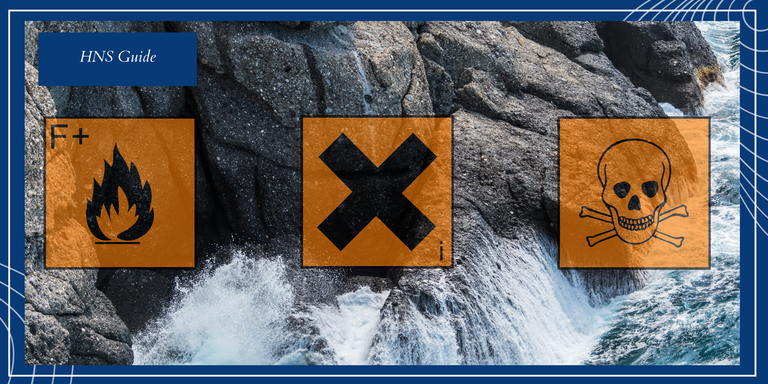
What are the objectives of this guide?
What are the HNS? There are two different key definitions of HNS: that of the 2000 OPRC-HNS Protocol and that of the 2010 HNS Convention. Under the 2000 OPRC-HNS Protocol (IMO, 2002), HNS are defined as “any substance other than oil which, if introduced into the marine environment, is likely to create hazards to human health, to harm living resources and marine life, to damage amenities or to interfere with other legitimate uses of the sea”. The HNS Convention (IMO, 2010) on the other hand includes oil and provides a detailed list of HNS categories as defined by various International Maritime Organization (IMO) conventions and codes
HNS might be released into the sea as the consequence of illegal discharges or maritime accidents such as groundings or collisions; and whilst major incidents involving an HNS spill are rare, they can be very complex and potentially have severe impacts on human health, the environment, and socio-economic resources. The particular challenges associated with responding to HNS incidents are linked to the heterogeneity and multiplicity of the various substances considered as HNS.
The objective of this Marine HNS Response Manual is to provide operational guidance for first responders and decision-makers during a maritime incident at sea or in port involving HNS. It gives background information relevant for understanding the concepts driving an HNS response strategy, operational fact sheets and decision-making flowcharts relevant for responders and includes regional specificities.
Global dissemination:
A French version of the guide has recently been completed and is made available for download below and will soon be followed by an Arabic and Korean version of the guide in preparation.

